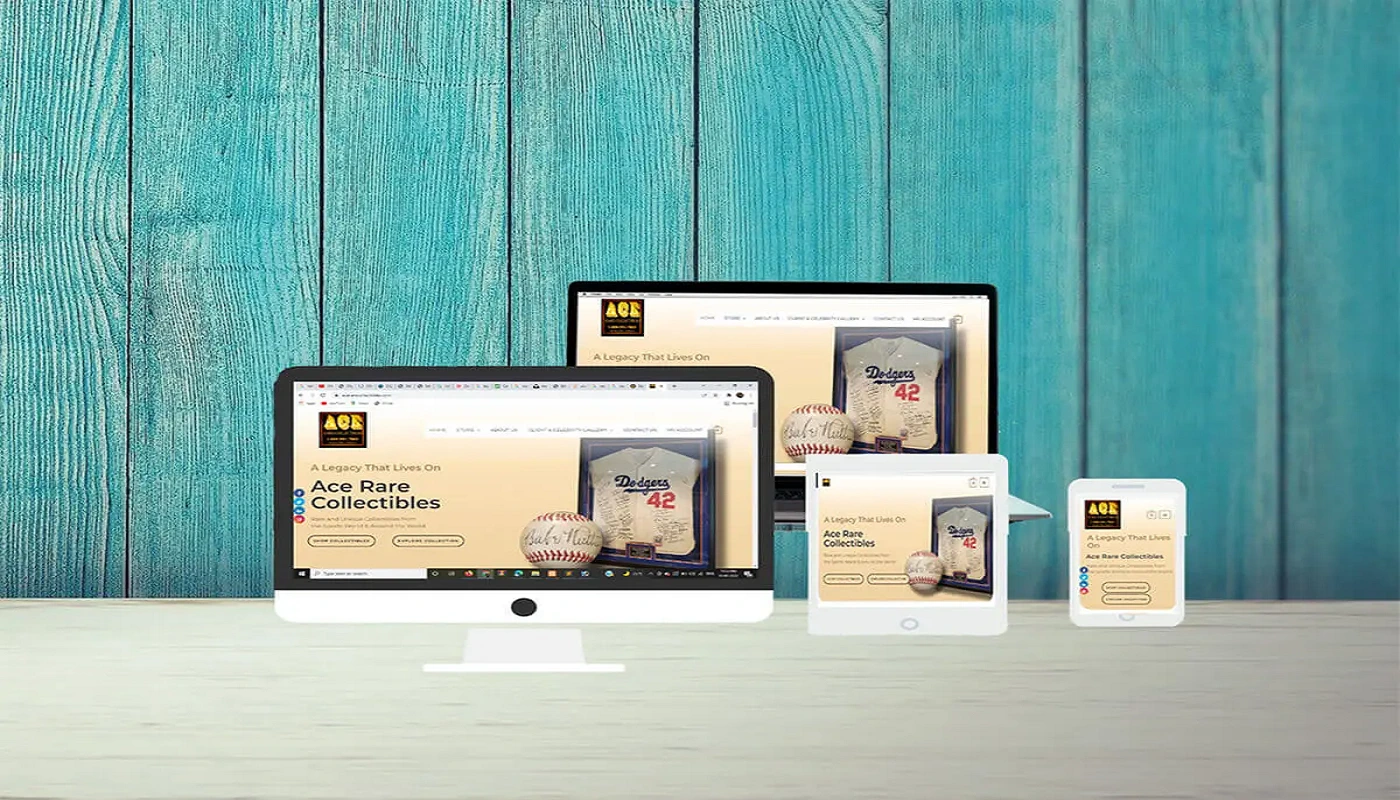
What Is Responsive Web Design?

What Is Responsive Web Design?
When smart devices began to dominate in the late 2000s, web designers encountered some new challenges. When it came to building websites, web designers had to navigate a digital minefield of cross-compatibility issues. They had to deal with inconsistencies in window width, screen resolution, different input devices, and a slew of other quirks that took forever to iron out.
Ethan Marcotte coined the term “responsive web design” in 2010 on his blog, A List Apart. He was more than just a public relations spokesman for the movement; he was also instrumental in developing best practices for it.
How Responsive Design Works?
With responsive design, we can optimize a web page’s presence for multiple devices with a single piece of source code. This enables you to create similar experiences across multiple devices or to customize a web page for a specific device.
There are three main technical components of responsive web design:
- Fluid Grids
- Flexible Media
- Media Queries
1. Fluid Grids
Fluid grids allow your design to adapt based on the hardware and software of the user. A fluid (responsive) grid’s main concept is that the layout adapts to the client’s browsing environment.
The methods for creating a fluid grid include sizing content with relative (i.e. percentage) units and using CSS media queries. In contrast, fixed grids use absolute units such as pixels or centimeters.
2. Flexible Media
Another critical aspect of responsive web design is adapting the media to the browsing environment. For certain devices, some of the elements on the page may need to be resized or removed entirely. The following resources demonstrate how to use tags and relative units for responsive media elements.
3. Media Queries
Fluid grids don’t address all of the problems posed by the growing number of different screen sizes:
- On smaller screens, the layout may appear crowded
- On wider screens, the layout may appear distorted
In response, the W3C introduced the media query as a component of CSS3 to help fill in the gaps. Today most browsers support media queries.
Contact Strive System Webtech today to get a responsive website done for your business. We work the way, the way you work for your business.